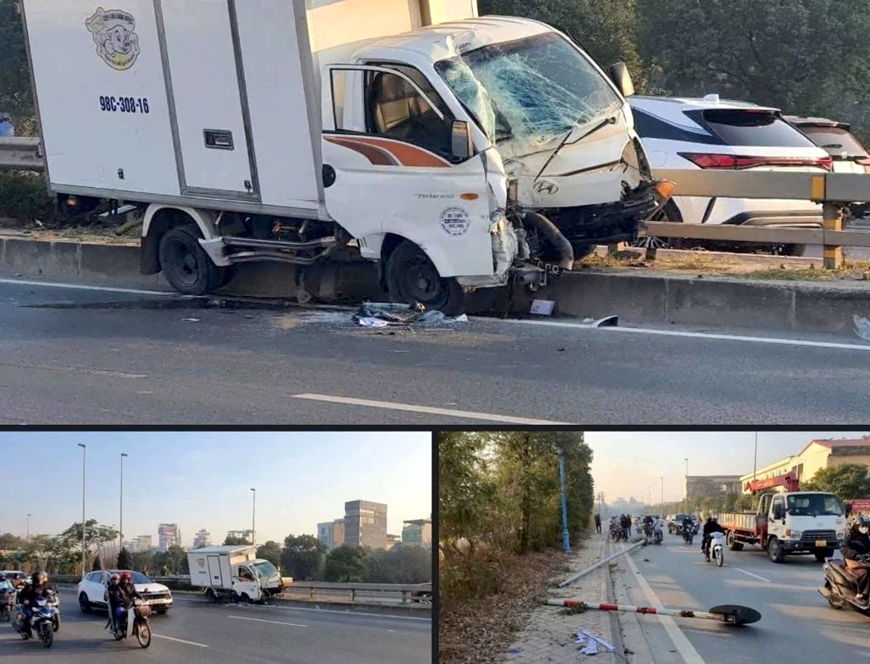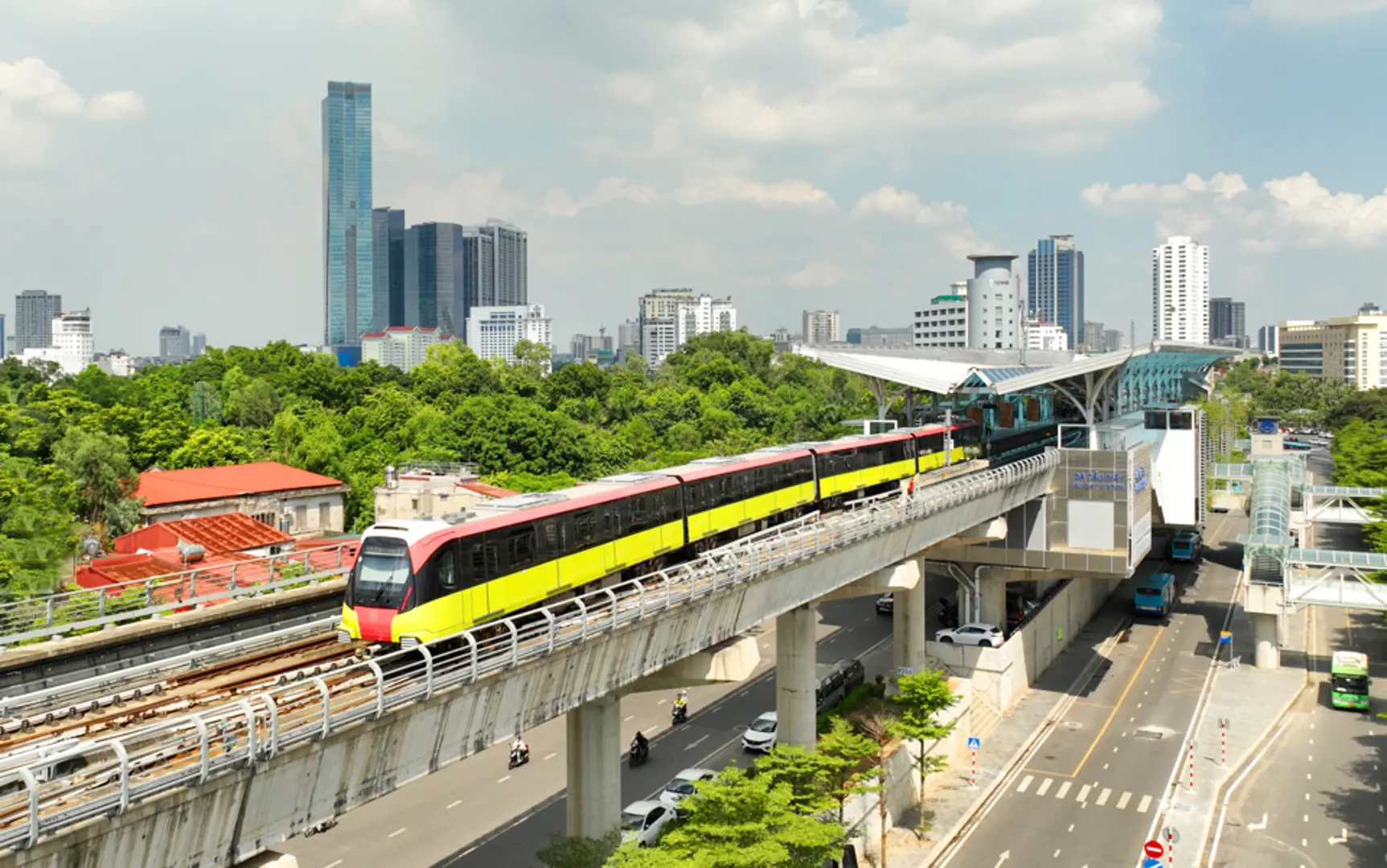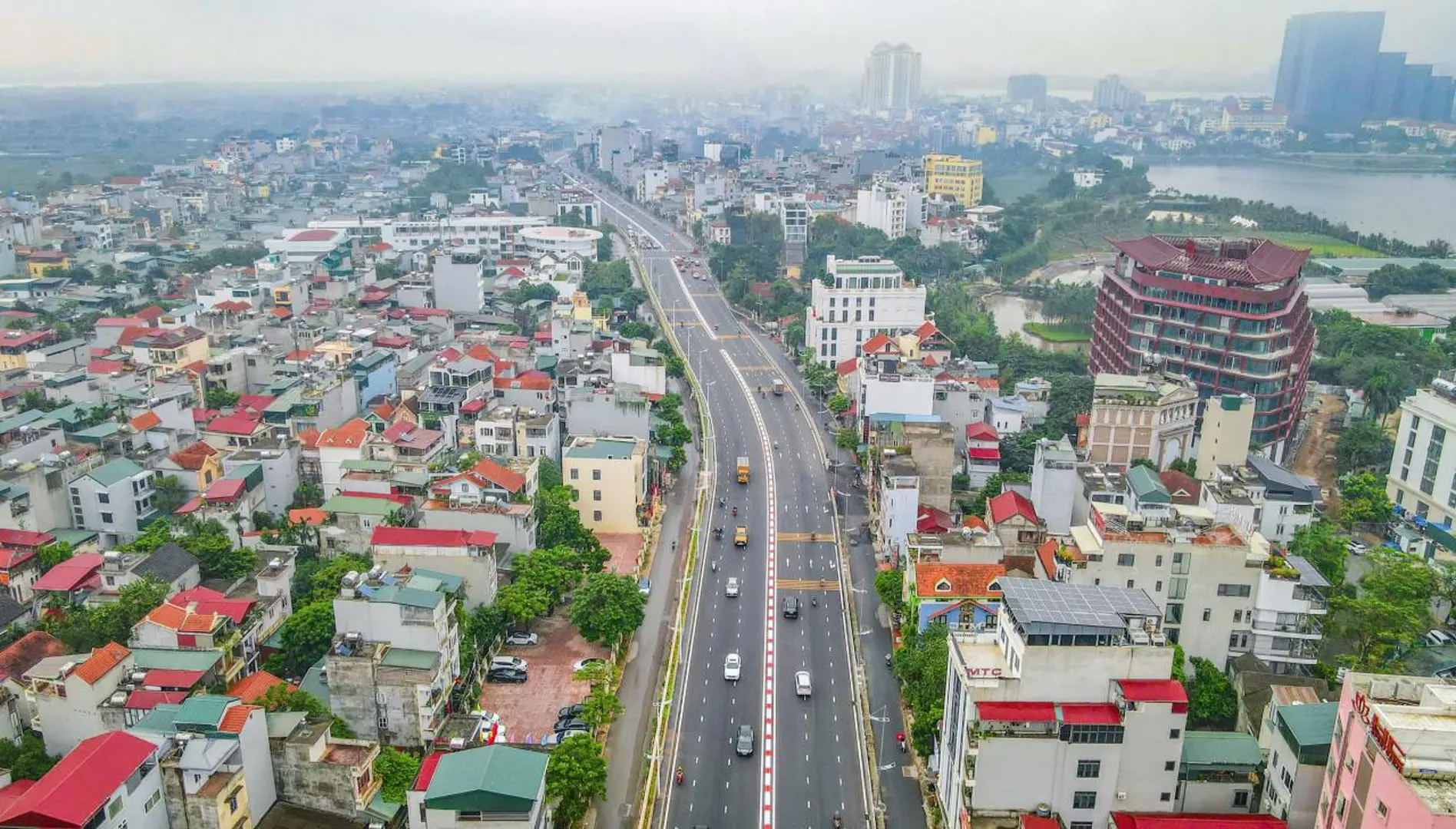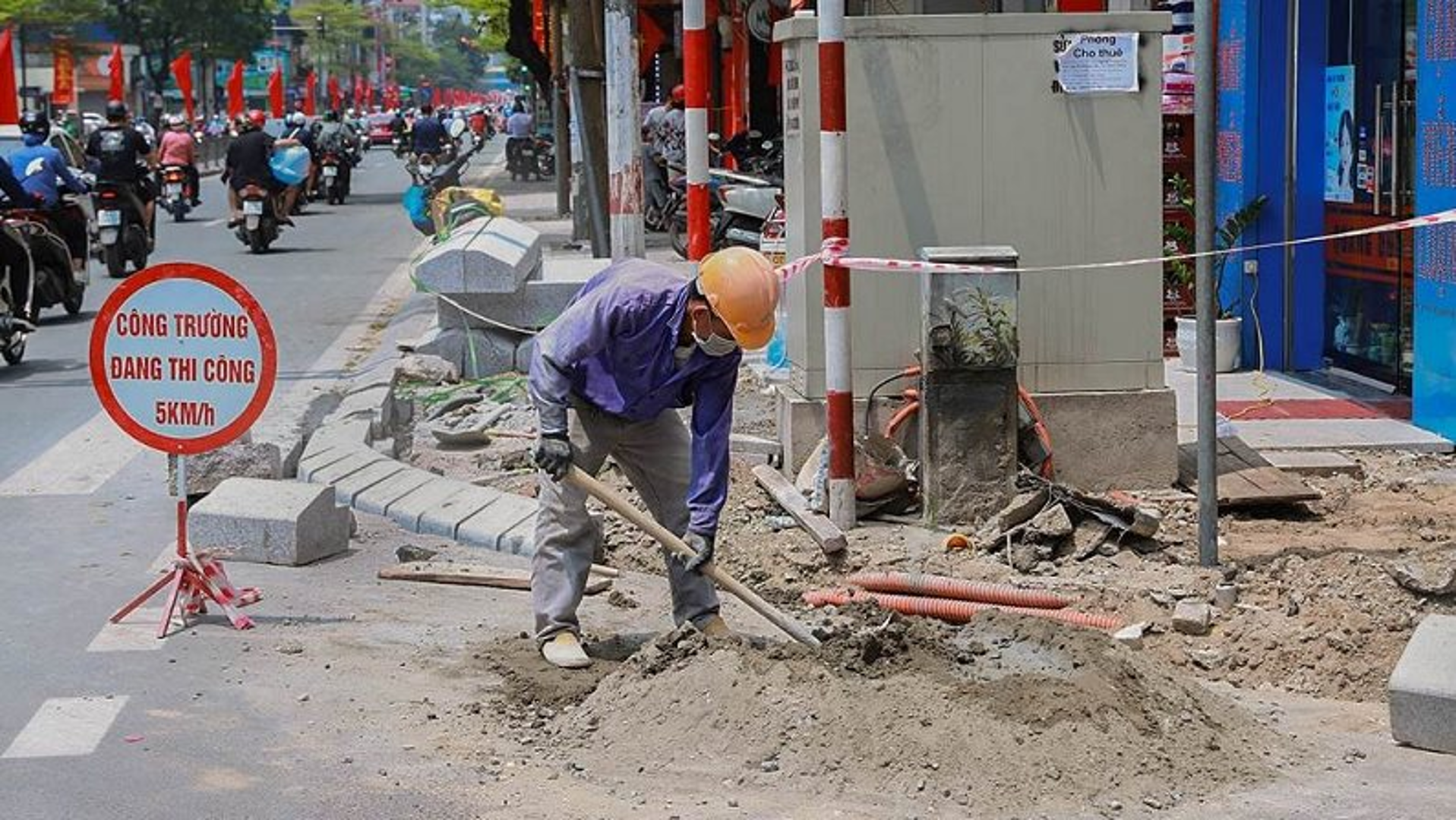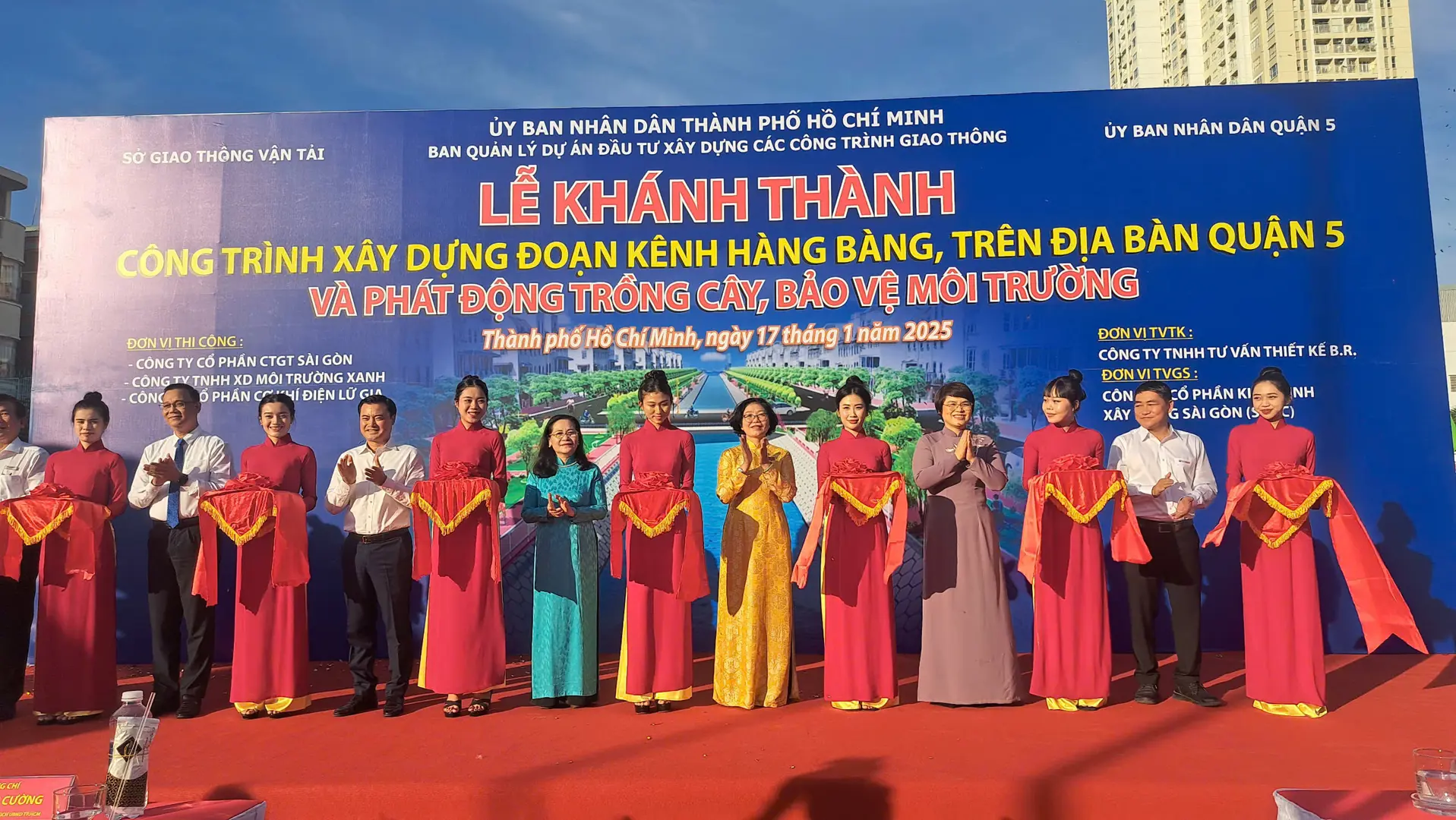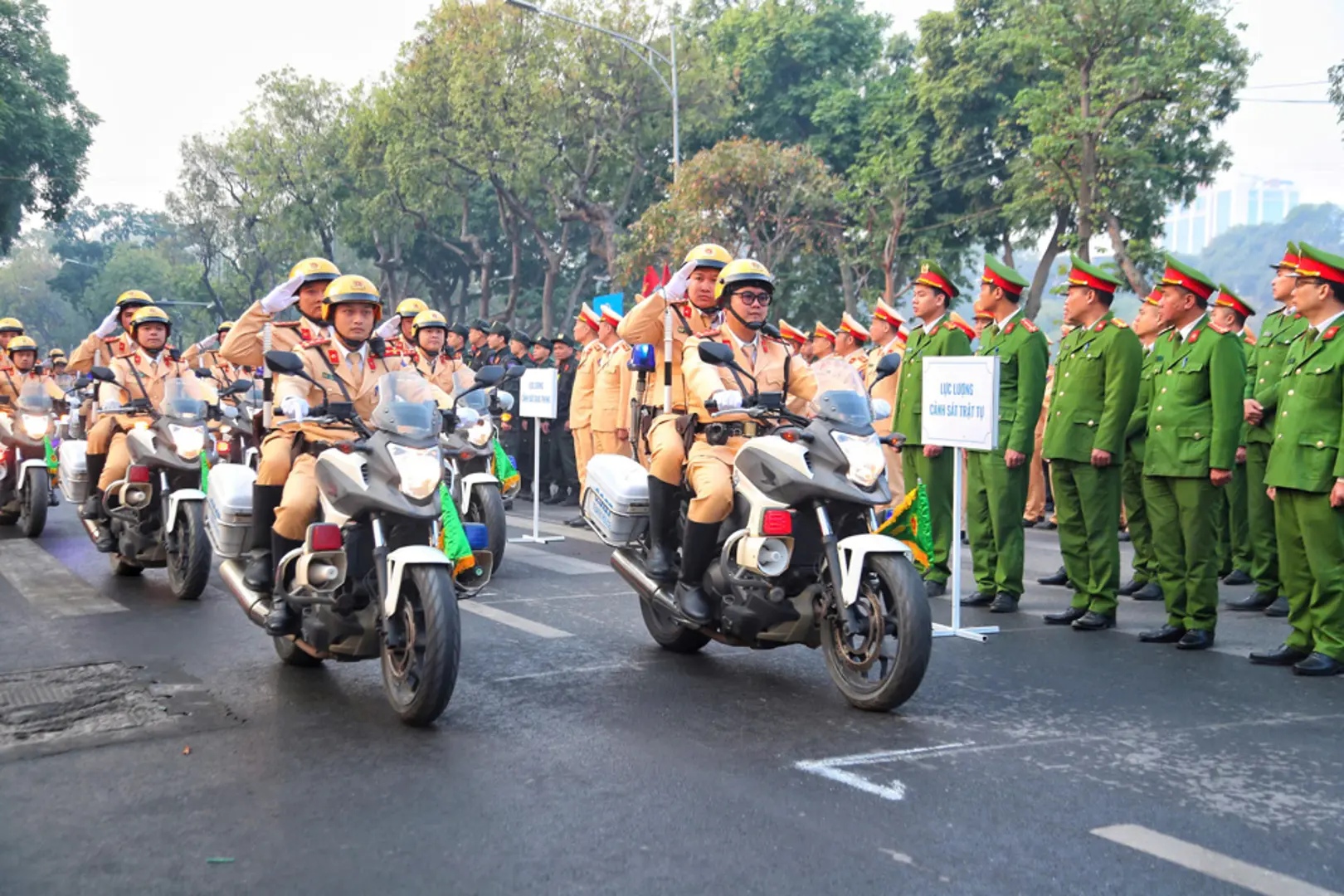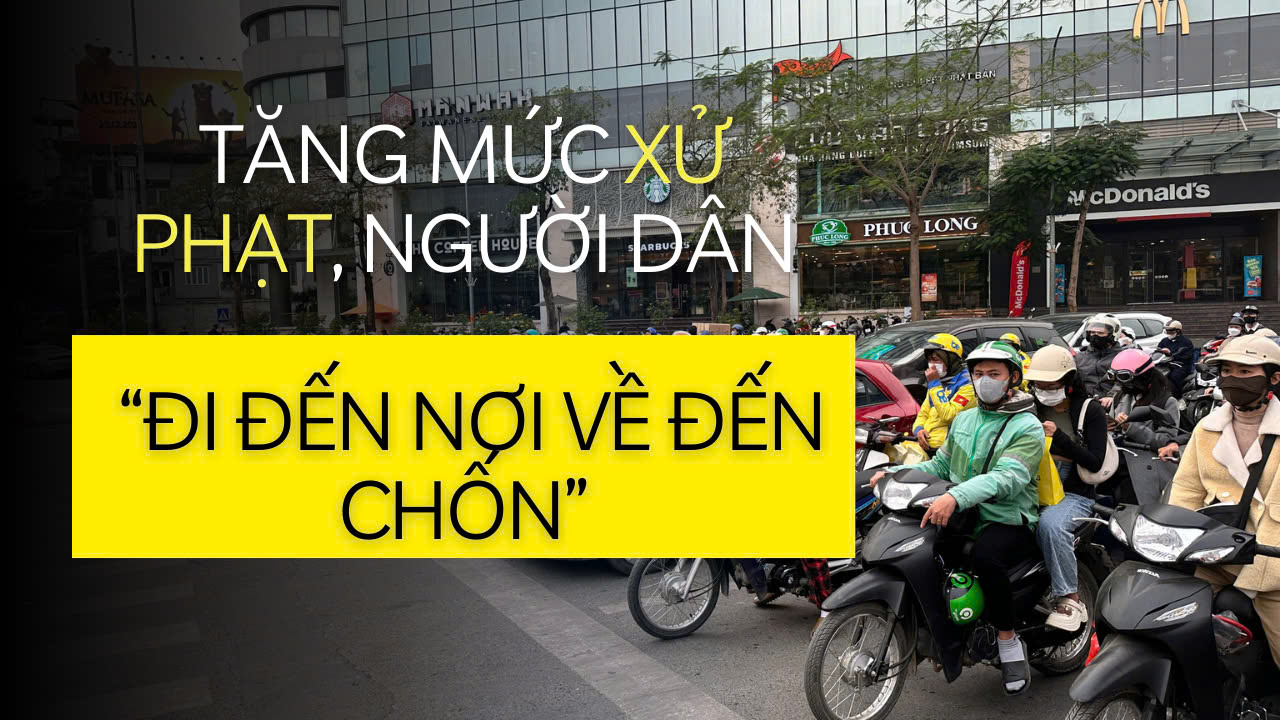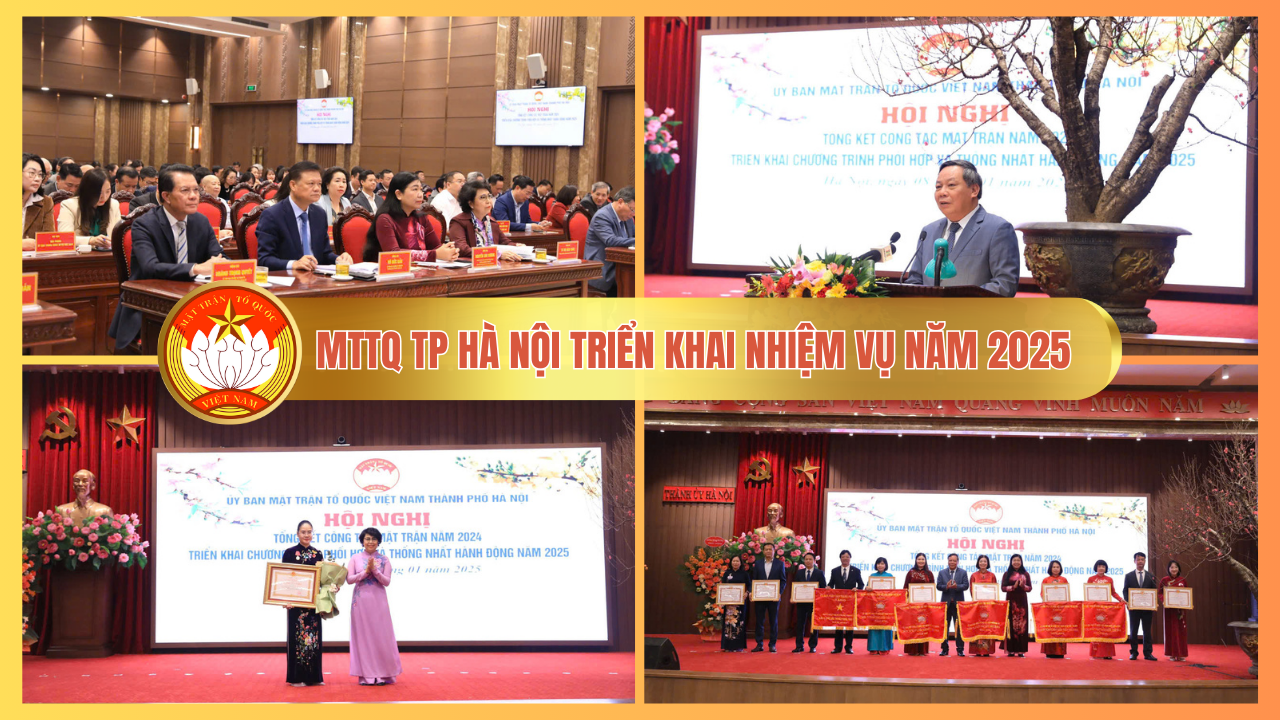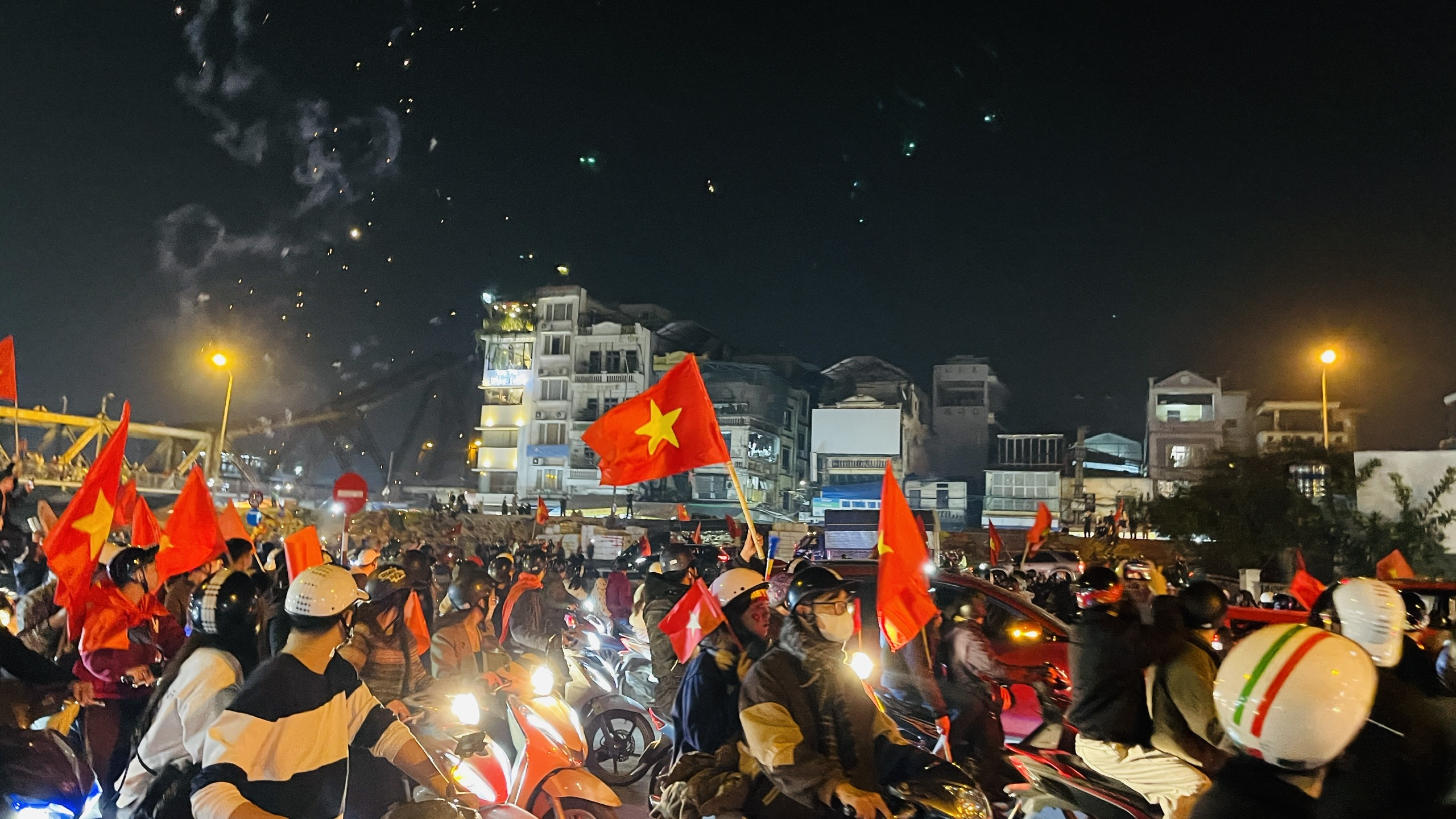EVs take the spotlight on Vietnam's urban streets
On the streets of Hanoi, a quiet but powerful shift in transportation is underway.
Welcome to Words on the Street, where we uncover the everyday trends shaping urban life in Vietnam. This week, we're looking at how electric vehicles (EVs) are stealthily taking over the reign of Hanoi's mobility. EVs are emerging as a compelling option for commuting in Vietnam's busy metropolis, thanks to their small designs that squeeze into limited parking spaces and the promise of fuel cost savings. Could this be the start of a new era in urban transportation? Let's find out.
As the world pivots towards sustainable transportation, Vietnam is stepping into the electric vehicle revolution. With local manufacturers like VinFast leading the way, EVs are no longer a futuristic dream, but a reality in the country. However, the road ahead is far from smooth, especially in Vietnam's urban hubs such as Hanoi and Ho Chi Minh City, where infrastructure, policy, and urban chaos pose challenges.
One of the biggest barriers to EV adoption in Vietnam is the country's charging infrastructure. While VinFast has rapidly rolled out a network of charging stations across the country, the number remains woefully inferior to the burgeoning interest in EVs. Congested urban areas make the installation of charging stations a logistical nightmare. In addition, the lack of standardized charging ports for different EV models complicates the user experience.
However, concerns about the inconvenience of charging are often based on misconceptions rather than reality. A fully charged EV can travel significant distances, enough for daily use. Users can conveniently plug in overnight at home and be ready to go the next day. In addition, charging stations are increasingly available in major business centers and residential areas. The fear of running out of charge mid-trip is largely unfounded; responsible planning and timely charging, similar to refueling a gasoline vehicle, can easily prevent such situations.
Nguyen Lam Trang Linh, a young entrepreneur in Hanoi, shared her experience of switching to an EV last year. "At first, I was worried about running out of battery power, especially during my long commutes to meetings," she said. "But now I've realized that it's just a matter of planning ahead. Charging at night has become a habit, and it's no different than charging my phone before bed." Her story reflects a growing familiarity and confidence among early adopters.
In addition to convenience, EVs offer significant savings on fuel costs. Compared to rising gas prices, the cost of electricity for EVs is significantly lower, making them a more economical choice in the long run. Depending on the model, an electric vehicle can travel 200-300 km on a single charge, which typically costs between VND20,000 (US$0.79) and VND50,000 ($1.97). In comparison, a gasoline car consuming 6-8 liters per 100 km would cost approximately VND180,000 ($9.45) - VND240,000 ($9.7) for the same distance, making EVs about 3-4 times cheaper in fuel costs. Given the ongoing volatility of fuel prices, this economic advantage is particularly alluring.
Vietnamese consumers are showing increasing interest in electric vehicles, thanks to rising environmental awareness and attractive incentives. However, traditional preferences for gasoline-powered motorcycles and cars remain entrenched. Many drivers worry about range anxiety, especially in chaotic urban traffic where stop-and-go conditions dominate. The perception of EVs as a "luxury" product due to their high initial cost further alienates a significant portion of the population.
For many, EVs still seem too new, and older generations often dismiss them as toys for younger users. Concerns about product quality, safety, and prestige also persist. In Vietnam, cars are not only a means of transportation, but also a symbol of personal status and security. As such, many consumers continue to favor well-established brands from automotive powerhouses such as Germany and Japan. Local EV models, while innovative, still need time to build a reputation for quality and reliability. Some drivers argue that EVs are less durable than gasoline cars and tend to depreciate faster.
Interestingly, only EVs offer unique ultra-compact models such as the Wuling HongGuang Mini EV and the VinFast VF3. These micro-cars are tailor-made for Vietnam's growing urban population, where navigating narrow streets and finding parking spaces are daily challenges. Their small size and practicality make them an ideal solution for city dwellers, further increasing the appeal of EVs in densely populated areas.
Katy To, a manager at an educational center in Ho Chi Minh City, recently chose a VinFast VF3 for her daily commute. With no family or children to consider, Katy found the mini EV perfect for her lifestyle. "It's compact, easy to park, and shields me from the sun and rain," she said. "I feel safer and healthier, and it's affordable enough to fit my budget." Her decision illustrates how micro EVs are carving out a niche among urban professionals looking for practical yet economical solutions.
Hanoi and Ho Chi Minh City are notorious for their dense traffic, which presents unique challenges for EVs. The stop-start nature of urban commuting depletes battery life more quickly, exacerbating range anxiety. In addition, the limited parking in these cities often lacks charging facilities, further deterring potential buyers.
To address these issues, city planners and private developers will need to rethink urban transportation systems. Incorporating EV-friendly policies, such as priority parking with charging stations, could ease the transition. At the same time, the feasibility of EVs in urban environments can be demonstrated by integrating them into public transportation systems such as buses and taxis.
Vietnam's journey into the electric vehicle era is full of promise and complexity. While challenges such as underdeveloped infrastructure, consumer skepticism, and urban congestion loom large, the momentum generated by private sector innovation and early adopters is undeniable. Overcoming these obstacles will require a multifaceted approach that combines education, market adaptation, and technological advancement. At the heart of Vietnam's urban chaos lies an opportunity to reshape the country's transportation landscape and pave the way for a greener, more sustainable future.

Conversion of all fuel buses to electric and gas buses to benefit Hanoi
Hoang Duong Tung, Chairman of the Vietnam Clean Air Network, calls for greater efforts to make Hanoi's entire bus fleet electric by 2030.

Hanoi targets up to 90% electric and green energy buses by 2030
The new bus lines will be operated primarily with electric and green energy buses.

Hanoi names 83 institutions Green Energy User 2024
More than 80 facilities and projects have been recognized for their innovative use of green energy in manufacturing.





